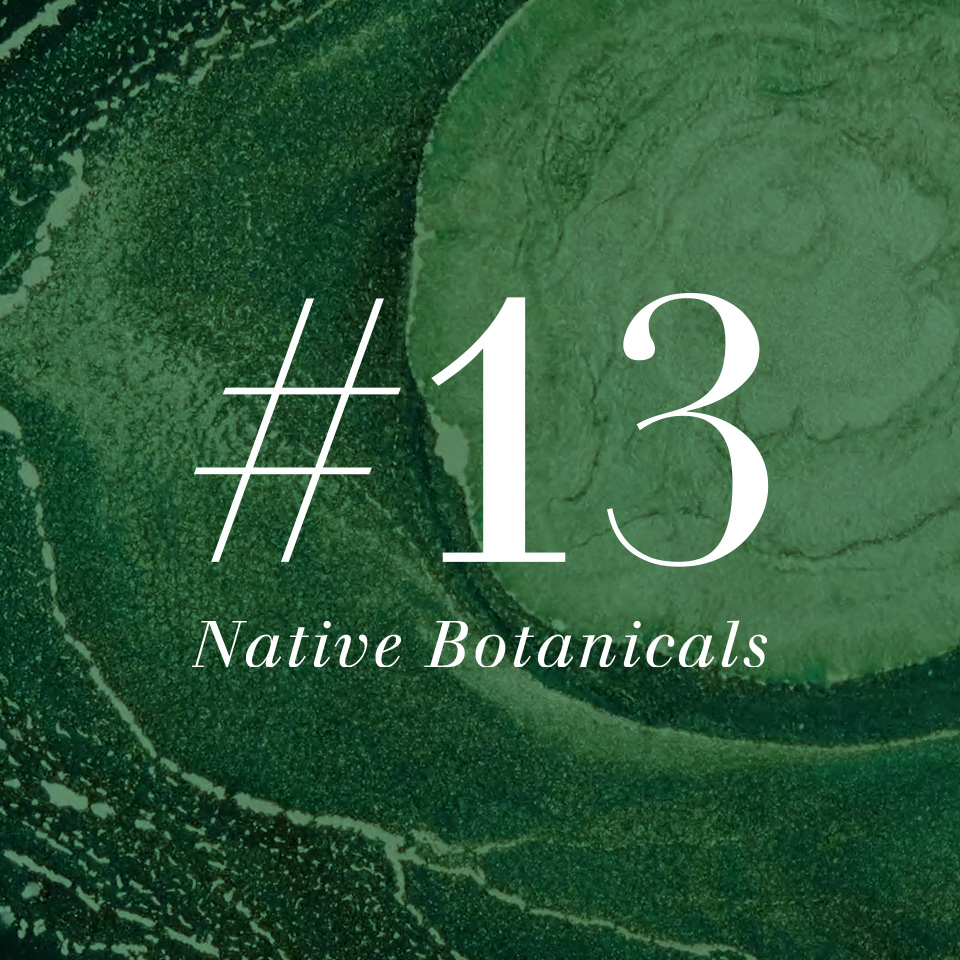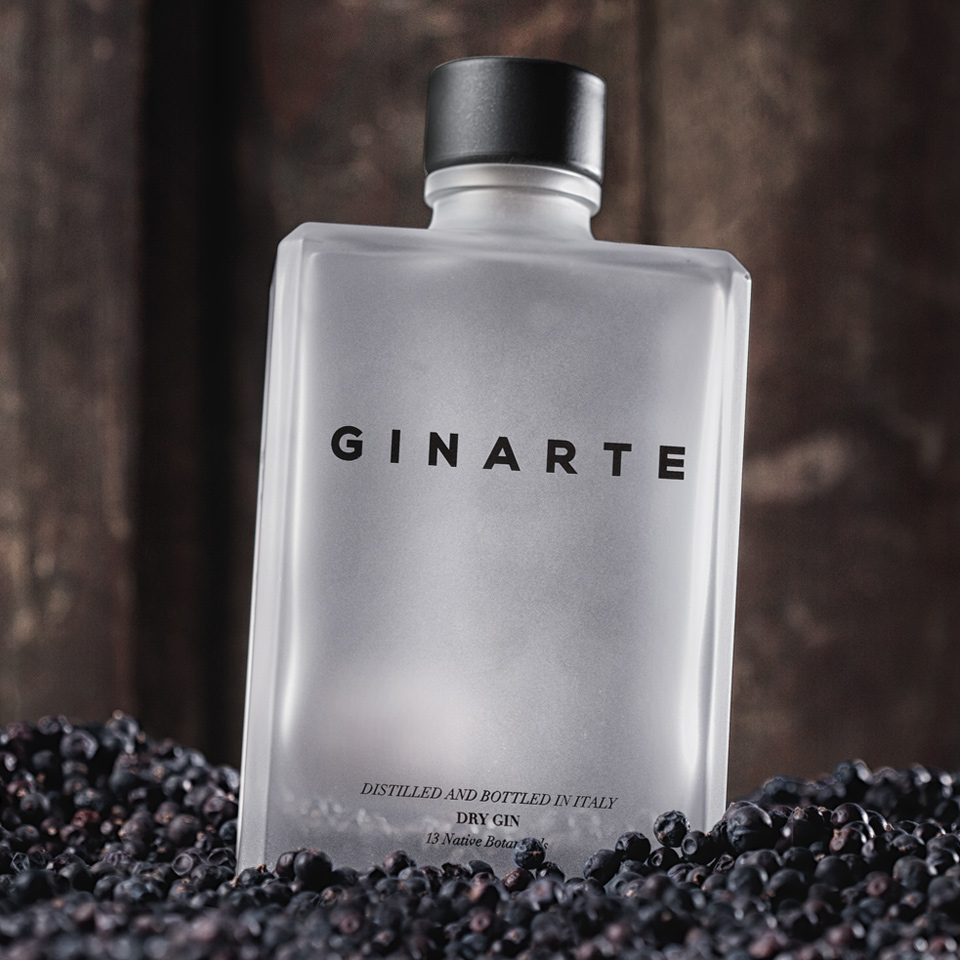Juniper berries
Calamint
Safflower
Mignonette
Rubia
Indigo
Wild celery
Lavender
Hibiscus
Elderflower
Pine buds
Mountain pine
Pine needles
BOTANICALS OF ART
Calamint (Calamintha nepeta) – With its minty, herbaceous flavor, calamint adds a refreshing twist and help balance out stronger botanicals. Widely used in kitchen recipes, together with the other Botanicals of Art, it was commonly used by Tuscan Artists as a natural pigment for the green color of their paintings.
Safflower (Carthamus tinctorious) – A lesser-known botanical, safflower adds a subtle nuttiness and enhance the overall complexity of the spirit. From the Egyptians and Babylonian it has been the popular source of the yellow colour natural pigment. Its name comes from the Arabic kurtum, in turn derived from the Hebrew kartami which means “to dye”. Widely used in Europe for dyeing textile industry, safflower was used in Japan as a base for cosmetics for Geisha and Kabuki theater artists.
Mignonette (Reseda odorata) – This delicate herb adds a subtle, peppery flavor, pairing well with floral notes. Mignonette flowers are extremely fragrant. It is grown for the sweet ambrosial scent of its flowers. The yellow dye was obtained from the roots of mignonette by the first millennium B.C. and used by artists for centuries.
Rubia (Rubia tinctorum) – Rubia is a lesser-known plant that adds a slightly bitter, earthy flavor and enhance the uniqueness of the spirit. Rubia is one of the most important dyeing plants of the European tradition. From its roots and its underground ditches the peoples of the whole continent have drawn for three thousand years the red pigment, used in the dyes of fabrics, in painting and in decoration. It also figures abundantly on the palettes of artists from the 17th to the 19th century, in combination with ferric oxide it generates the so-called “Tuscan red”.
Indigo (Isatis tinctoria) – Indigo is a unique botanical that adds a subtle earthiness to the flavor profile. Indigo is a very important plant connected to art. Since the middle ages and during Renaissance, famous painters like Piero della Francesca used indigo powder as the blue color of their works of art.
Indigo
OTHER BOTANICALS
Juniper berries – The cornerstone of any great gin, juniper berries give this classic spirit its signature piney flavor. The main flavoring in all gins, juniper is a member of the cypress family and the berries used in gin production usually come from Italy. For the making of Ginarte are used the ones that are generally considered the best, grown on the mountain slopes in Tuscany. These bluish berries are handpicked from October to February, and the main flavor comes from the essential oils within the three seeds inside each berry. These juniper berries are fragrant and spicy with a bittersweet taste and overtones of pine, lavender, camphor, and overripe banana topped by a peppery finish.
Juniper berries
Wild celery – Wild celery is a must-have botanical that grants versatility with its subtle saltiness and herbaceous flavor.
Lavender – This delicate floral botanical adds a touch of sweetness and balances out the earthy flavors of other ingredients.
Hibiscus – This tart, fruity botanical is a popular choice for gin, adding a burst of flavor.
Elderflower – Sweet and floral, elderflower is a classic botanical for gin that pairs well with the herbaceous notes.
Pine buds – With their fresh, resinous aroma, pine buds are a key ingredient in many gins, adding a piney flavor and a hint of sweetness.
Mountain pine – The resinous scent of mountain pine gives a unique and clear taste and an invitation to sip.
Pine needles – Like pine buds, pine needles add a piney flavor, but with a slightly fresher, more aromatic profile.


